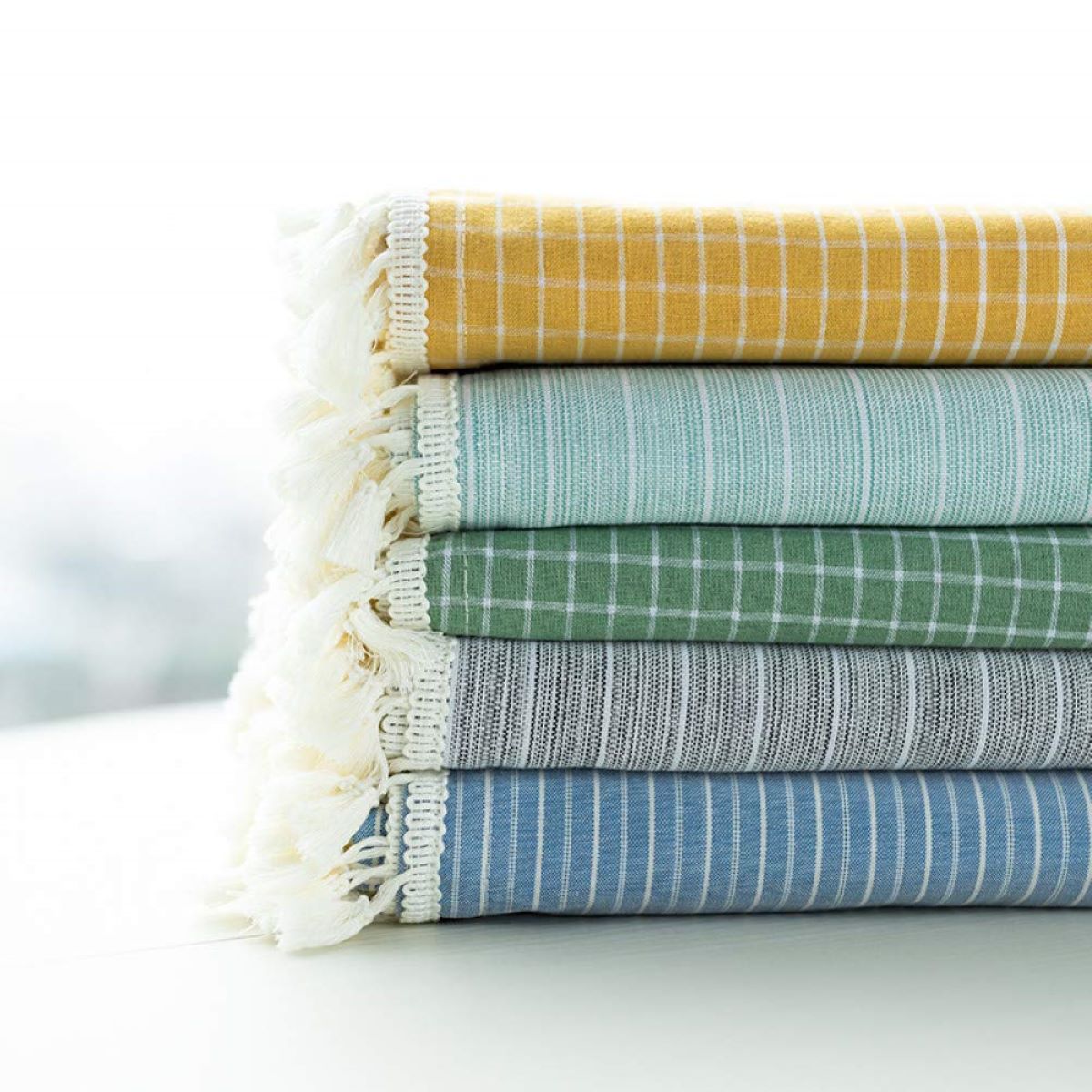

Articles
How To Store Tablecloths
Modified: February 24, 2024
Learn how to properly store your tablecloths to keep them clean and wrinkle-free. Read our articles for helpful tips and tricks.
(Many of the links in this article redirect to a specific reviewed product. Your purchase of these products through affiliate links helps to generate commission for Storables.com, at no extra cost. Learn more)
Introduction
Tablecloths are an essential part of any dining experience, whether it’s a casual family gathering or a formal dinner party. They not only protect your tables from spills and stains but also add a touch of elegance to your dining area. However, just using tablecloths is not enough; it’s equally important to store them properly to maintain their quality and extend their lifespan.
Proper storage of tablecloths helps prevent wrinkles, color fading, and damage caused by pests or moisture. By taking a few simple steps, you can ensure that your tablecloths remain in pristine condition, ready to be used for your next special occasion.
In this article, we will explore the importance of properly storing tablecloths and provide you with valuable tips and techniques to keep them in excellent shape. Whether you have cotton, linen, polyester, or any other type of tablecloth, these storage practices apply universally.
Key Takeaways:
- Properly storing tablecloths is crucial to prevent wrinkles, color fading, and damage from pests or moisture, ensuring they remain in pristine condition for every special occasion.
- By avoiding common mistakes, utilizing protective packaging, and following maintenance tips, you can extend the lifespan of your tablecloths and enjoy their elegance for many memorable meals to come.
Read more: How To Store Linen Tablecloths
Importance of Properly Storing Tablecloths
Storing tablecloths correctly is not just a matter of neatness and organization; it plays a crucial role in preserving the fabric’s quality and appearance. Here are a few reasons why proper storage is important:
- Prevents Wrinkles: Improperly stored tablecloths can result in unsightly wrinkles that are difficult to remove. By taking the time to fold and store them correctly, you can minimize wrinkle formation.
- Prevents Color Fading: Exposure to sunlight can cause tablecloth colors to fade over time. Proper storage away from direct sunlight helps preserve the vibrant hues and patterns of your tablecloths.
- Protects from Pests: Moths, cockroaches, and other pests can wreak havoc on your precious tablecloths. Storing them in a sealed container or drawer keeps pests at bay.
- Prevents Damage from Moisture: Humidity and moisture can lead to mold, mildew, and musty odors. By storing your tablecloths in a dry and well-ventilated space, you can protect them from moisture damage.
- Preserves Longevity: Proper storage practices help extend the lifespan of your tablecloths, ensuring that you can use and enjoy them for many years to come.
…
Key Takeaways:
- Properly storing tablecloths is crucial to prevent wrinkles, color fading, and damage from pests or moisture, ensuring they remain in pristine condition for every special occasion.
- By avoiding common mistakes, utilizing protective packaging, and following maintenance tips, you can extend the lifespan of your tablecloths and enjoy their elegance for many memorable meals to come.
Read more: How To Store Linen Tablecloths
Importance of Properly Storing Tablecloths
Storing tablecloths correctly is not just a matter of neatness and organization; it plays a crucial role in preserving the fabric’s quality and appearance. Here are a few reasons why proper storage is important:
- Prevents Wrinkles: Improperly stored tablecloths can result in unsightly wrinkles that are difficult to remove. By taking the time to fold and store them correctly, you can minimize wrinkle formation.
- Prevents Color Fading: Exposure to sunlight can cause tablecloth colors to fade over time. Proper storage away from direct sunlight helps preserve the vibrant hues and patterns of your tablecloths.
- Protects from Pests: Moths, cockroaches, and other pests can wreak havoc on your precious tablecloths. Storing them in a sealed container or drawer keeps pests at bay.
- Prevents Damage from Moisture: Humidity and moisture can lead to mold, mildew, and musty odors. By storing your tablecloths in a dry and well-ventilated space, you can protect them from moisture damage.
- Preserves Longevity: Proper storage practices help extend the lifespan of your tablecloths, ensuring that you can use and enjoy them for many years to come.
Now that we understand the importance of properly storing tablecloths, let’s delve into the practical steps you can take to ensure your tablecloths remain in pristine condition.
Choosing the Right Storage Space
When it comes to storing tablecloths, selecting the appropriate storage space is the first step towards maintaining their quality. Here are a few factors to consider when choosing the right storage area:
- Avoid Sunlight Exposure: Sunlight can cause tablecloth colors to fade over time. Opt for a storage space away from direct sunlight, such as a closet or a storage cabinet.
- Control Humidity: Excess humidity can lead to the growth of mold, mildew, and musty odors. Choose a storage area with proper ventilation to prevent moisture buildup.
- Protect from Dust: Dust accumulation can soil tablecloths and make them appear dull. Consider storing them in a clean, dust-free environment.
- Adequate Space: Ensure that the storage area is spacious enough to accommodate your tablecloths without too much compression. Overcrowding can lead to wrinkles and creasing.
- Easy Accessibility: Select a storage space that allows for easy access to your tablecloths whenever you need them. This makes retrieval and rotation simpler.
By considering these factors, you can choose an optimal storage space that will safeguard your tablecloths and contribute to their longevity.
Preparing Tablecloths for Storage
Before storing your tablecloths, it’s important to prepare them properly to ensure their condition remains intact. Follow these steps to prepare your tablecloths for storage:
- Clean Thoroughly: Start by washing or dry cleaning your tablecloths according to their specific care instructions. Remove any stains or spills to prevent them from setting in during storage.
- Avoid Starch: Do not use starch on your tablecloths before storing them. Starch can attract pests and cause discoloration over time.
- Allow Drying Completely: Ensure that your tablecloths are completely dry before folding and storing them. Moisture can lead to mold growth and damage the fabric.
- Iron or Press: If there are any wrinkles or creases, iron or press the tablecloths before storing them. This will help prevent permanent wrinkles from forming during storage.
- Inspect for Damage: Before putting your tablecloths away, inspect them for any signs of damage or wear. Repair any loose threads or small tears to prevent further damage.
By following these preparation steps, you can ensure that your tablecloths are in the best possible condition before they are stored away.
Read more: How To Store Tablecloths Without Wrinkling
Folding Techniques for Tablecloths
Proper folding is essential for storing tablecloths as it minimizes the risk of wrinkles and saves space. Here are a few folding techniques you can use for different types of tablecloths:
- Rectangle Tablecloths: Start by laying the tablecloth flat on a clean, flat surface. Fold one side inwards towards the center, then fold the other side inwards to overlap the first fold. Smooth out any wrinkles as you go. Finally, fold the tablecloth in half lengthwise, and then in half again. This creates a compact square shape.
- Round Tablecloths: Place the round tablecloth flat on a clean surface. Fold it in half to create a semicircle shape, then fold it in half again to form a quarter-circle shape. Carefully fold it in half twice more, smoothing out any wrinkles. The end result should be a small folded wedge-shaped bundle.
- Long or Narrow Tablecloths: Lay the tablecloth flat and fold one end towards the center, then fold the other end towards the center to overlap the first fold. Smooth out any wrinkles, then fold the tablecloth in half lengthwise. Continue folding in half until you reach a manageable size.
- Specialty Shapes: For tablecloths with unique shapes, such as oval or hexagonal, fold them in a way that best accommodates their shape. Aim for neat, compact folds that minimize wrinkles.
Remember to handle the tablecloths gently while folding to prevent any unnecessary creasing or stretching of the fabric. Avoid folding the tablecloths too tightly to allow for proper airflow and to avoid deep creases.
Once folded, secure the tablecloth with rubber bands or fabric straps to ensure it stays in place during storage.
Store tablecloths by folding them neatly and placing them in a breathable storage bag or container to prevent mildew. Avoid storing them in plastic, as it can trap moisture.
Utilizing Protective Packaging
Protective packaging is crucial for keeping your tablecloths safe from dust, pests, and moisture. Here are some options for packaging your tablecloths:
- Zippered Plastic Bags: Place each folded tablecloth inside a zippered plastic bag. Ensure that the bags are made of breathable material to allow for proper ventilation.
- Clear Vinyl Bags: Clear vinyl bags are a great option for storing and protecting your tablecloths. They offer visibility, so you can easily identify the tablecloth you need without having to open the bag.
- Acid-Free Tissue Paper: Wrap your tablecloths in acid-free tissue paper before placing them in storage containers or drawers. The tissue paper helps absorb moisture and prevents color transfer between different fabrics.
- Cotton Pillowcases: If you’re looking for an eco-friendly option, consider using cotton pillowcases to store your tablecloths. They provide breathability and protection from dust.
- Vacuum-Sealed Bags: Vacuum-sealed bags are ideal for maximizing storage space. Place your folded tablecloths inside the bags, remove the air using a vacuum cleaner, and then seal them tightly.
When using any type of packaging, ensure that your tablecloths are clean and completely dry to avoid trapping moisture, which can lead to mold or mildew growth.
Remember to label the packaging with the contents and any relevant information for easy identification when you need to retrieve a specific tablecloth.
By utilizing protective packaging, you can add an extra layer of defense to keep your tablecloths in pristine condition while they’re in storage.
Storing Tablecloths in Containers or Drawers
Containers or drawers provide a convenient and organized storage solution for your tablecloths. Here are some tips for storing your tablecloths in containers or drawers:
- Choose the Right Size: Select containers or drawers that are spacious enough to comfortably accommodate your folded tablecloths without too much compression. This prevents excessive creasing and wrinkling.
- Consider Stackable Options: Opt for stackable containers or drawers to maximize vertical storage space. Stack them neatly to save room in your storage area.
- Use Dividers: If you have multiple tablecloths, consider using dividers or organizers within the container or drawer to separate and categorize different sizes, shapes, or colors. This makes it easier to locate specific tablecloths when needed.
- Avoid Overpacking: Do not overstuff the container or drawer with too many tablecloths. This can lead to excessive wrinkling and damage to the fabric. Leave some room for proper airflow and to maintain the tablecloths’ shape.
- Line the Container: If using containers, line them with acid-free tissue paper or fabric to create a protective barrier between the tablecloths and the container’s surface.
When storing your tablecloths in drawers, fold them neatly and place them in a single layer if possible. Avoid stacking tablecloths on top of each other in drawers, as this can lead to wrinkles and may make it difficult to access a specific tablecloth without disturbing the others.
Remember to periodically check on your stored tablecloths to ensure they remain in good condition and are not damaged or affected by pests or moisture.
By utilizing containers or drawers for storage, you can keep your tablecloths well-organized, protected, and easily accessible whenever you need them.
Hanging Tablecloths Properly
Hanging tablecloths is an alternative storage method that can be particularly useful for larger or delicate tablecloths that are prone to wrinkling. Here are some tips for hanging your tablecloths properly:
- Select the Right Hangers: Choose hangers that are appropriate for the weight and size of your tablecloths. Avoid using wire hangers or hangers with sharp edges that can potentially damage the fabric.
- Use Padded Hangers: Padded or cushioned hangers help prevent creases and imprints on the fabric. They provide additional support to the tablecloth and help maintain its shape.
- Avoid Hanging in Direct Sunlight: Sunlight can cause color fading and damage the fabric over time. Find a storage location that is away from direct sunlight to ensure the longevity of your tablecloths.
- Keep a Proper Distance: Hang the tablecloths with enough space between them to prevent creases and wrinkles. Avoid overcrowding and allow for sufficient airflow.
- Protect with Garment Covers: If you’re hanging your tablecloths in an open area or closet, consider using garment covers to protect them from dust, pests, and other potential contaminants.
- Rotate Regularly: To prevent the formation of permanent creases and distribute any weight on the hanger, periodically remove the tablecloths from hangers and fold them differently before rehanging.
Remember, hanging tablecloths is best suited for larger or delicate tablecloths that are less prone to wrinkles. For everyday use or smaller tablecloths, folding and storing them in containers or drawers may be more suitable.
Before hanging, ensure your tablecloths are clean, properly dried, and free from any stains or spills. This will help maintain their freshness and overall condition while in storage.
By hanging your tablecloths properly, you can minimize wrinkles and easily access them whenever needed for your special occasions or everyday use.
Read more: How To Store Tablecloths Without Wrinkling
Avoiding Common Mistakes
When it comes to storing tablecloths, there are a few common mistakes that should be avoided to maintain their quality and ensure they remain in excellent condition. Here are some mistakes to steer clear of:
- Storing Dirty Tablecloths: Never store tablecloths without cleaning them first. Stains and spills left untreated can become permanent and harder to remove over time.
- Using Incorrect Storage Containers: Avoid using containers that are not suitable for storing tablecloths. Containers that are too small, made of poor-quality materials, or lack proper ventilation can damage the fabric.
- Neglecting to Label: Failing to label your storage containers or drawers can make it challenging to locate a specific tablecloth when needed. Make sure to clearly label each container or drawer to facilitate easy and quick retrieval.
- Ignoring Care Instructions: Different fabrics require different care methods. Neglecting to follow the care instructions for your tablecloths can lead to damage or loss of quality. Always read and follow the care labels to ensure proper storage and maintenance.
- Using Harsh Chemicals: Avoid using harsh chemicals or bleach on your tablecloths as they can weaken the fabric and cause discoloration. Stick to gentle laundry detergents and follow the recommended dosage.
- Overlooking Pests: Pests such as moths, cockroaches, or silverfish can cause irreparable damage to your tablecloths. Make sure to store them in sealed containers or use natural pest deterrents such as cedar balls or lavender sachets.
- Storing in Damp or Humid Areas: Moisture and humidity can lead to mold, mildew, and musty odors. Avoid storing your tablecloths in damp or humid areas such as basements or poorly ventilated closets.
By avoiding these common mistakes and following proper storage practices, you can keep your tablecloths in optimal condition, ready to enhance your dining experiences for years to come.
Tips for Maintaining Tablecloth Quality
Maintaining the quality of your tablecloths goes beyond proper storage techniques. Here are some additional tips to help you keep your tablecloths looking their best:
- Regularly Inspect and Remove Stains: Check your tablecloths for any stains or spills after each use. Treat stains promptly using appropriate stain removers or by following the fabric-specific cleaning instructions.
- Avoid Direct Heat: Keep tablecloths away from direct heat sources such as stovetops or hot dishes. High temperatures can damage the fabric and cause discoloration.
- Use Fabric Softeners Sparingly: Fabric softeners may leave residue on the tablecloth, affecting its absorbency and leaving a film on the surface. Use fabric softeners sparingly or opt for natural alternatives like vinegar or baking soda.
- Rotate Tablecloths: To prevent uneven fading or wear, rotate the use of your tablecloths. This allows them to age evenly and maintain consistency in color and texture.
- Remove Jewelry: When setting a tablecloth, be cautious of jewelry such as bracelets or rings that can snag or cause damage. Remove jewelry before handling or setting the tablecloth to avoid potential tears or pulls.
- Iron with Care: If ironing is necessary, use a low to medium heat setting and iron on the reverse side or with a protective cloth to prevent direct contact with the tablecloth fabric. This helps avoid scorching or damaging delicate fibers.
- Store Separately: If storing multiple tablecloths together, ensure they are separated by acid-free tissue paper or fabric to prevent color transfer or friction damage between different fabrics.
- Professional Cleaning: Consider professional cleaning for heavily stained or delicate tablecloths. Professional cleaners have the expertise to handle various fabrics and can help restore your tablecloths to their original condition.
By following these tips, you can maintain the quality and appearance of your tablecloths, ensuring that they remain a beautiful and functional addition to your dining experiences.
Conclusion
Properly storing tablecloths is essential for maintaining their quality, appearance, and longevity. By following the right storage techniques, you can prevent wrinkles, color fading, damage from pests or moisture, and ensure that your tablecloths are in pristine condition for every special occasion.
We discussed the importance of proper storage, including choosing the right storage space, preparing tablecloths for storage, utilizing protective packaging, and different storage methods such as containers or drawers and hanging tablecloths. Each method has its advantages, and you can choose the one that suits your needs and available space.
We also highlighted common mistakes to avoid, such as storing dirty tablecloths, using improper storage containers, neglecting proper labeling, and ignoring care instructions. By steering clear of these mistakes, you can preserve the quality of your tablecloths and ensure they remain in excellent condition for years to come.
Additionally, we provided tips for maintaining tablecloth quality, including regular inspection and stain removal, avoiding direct heat, using fabric softeners sparingly, rotating tablecloths, and being cautious with jewelry and ironing. Following these tips will help your tablecloths stay fresh and beautiful, ready to be used for your next gathering.
In conclusion, by implementing proper storage techniques, avoiding common mistakes, and following maintenance tips, you can extend the lifespan of your tablecloths and enjoy their elegance and functionality for many memorable meals to come.
Frequently Asked Questions about How To Store Tablecloths
Was this page helpful?
At Storables.com, we guarantee accurate and reliable information. Our content, validated by Expert Board Contributors, is crafted following stringent Editorial Policies. We're committed to providing you with well-researched, expert-backed insights for all your informational needs.
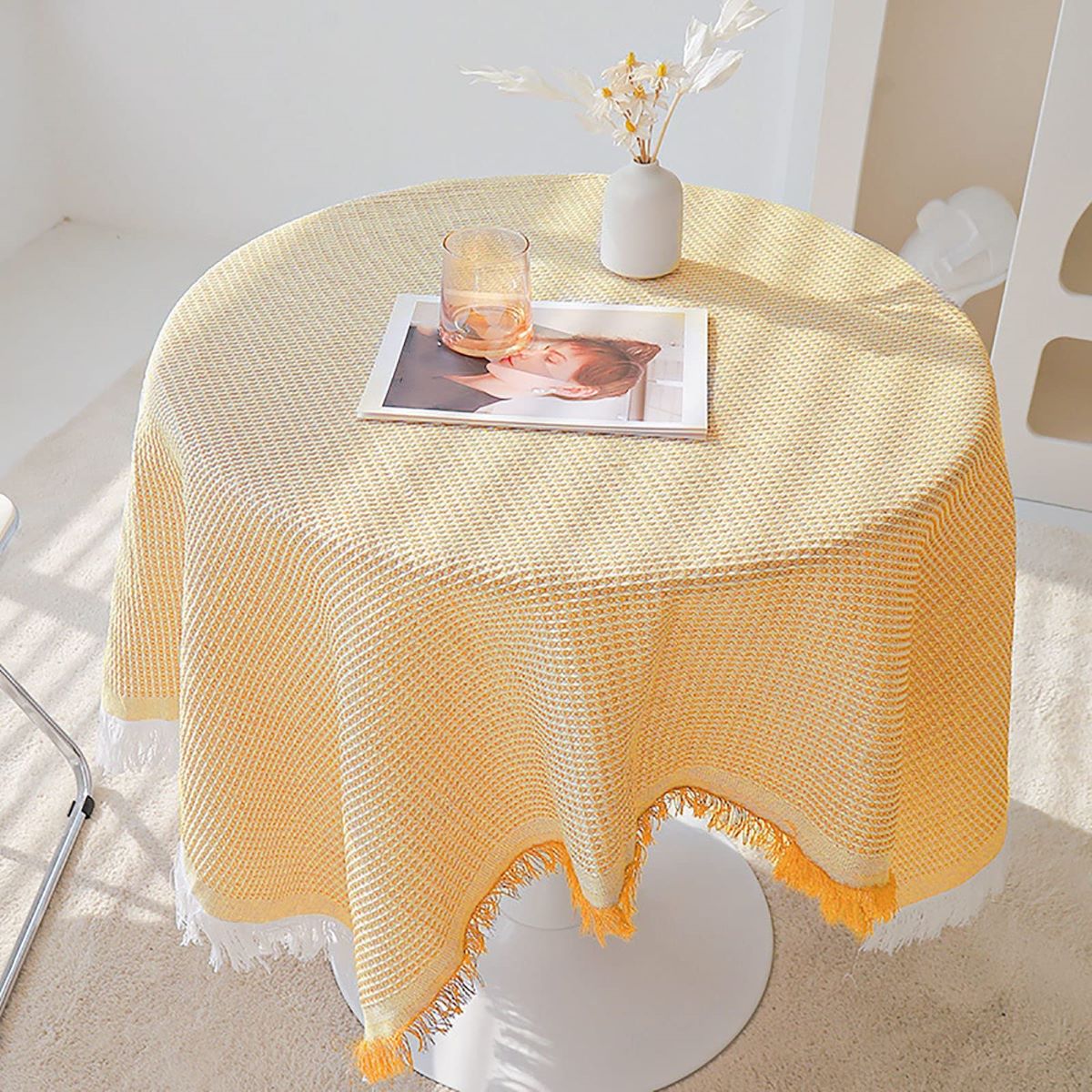
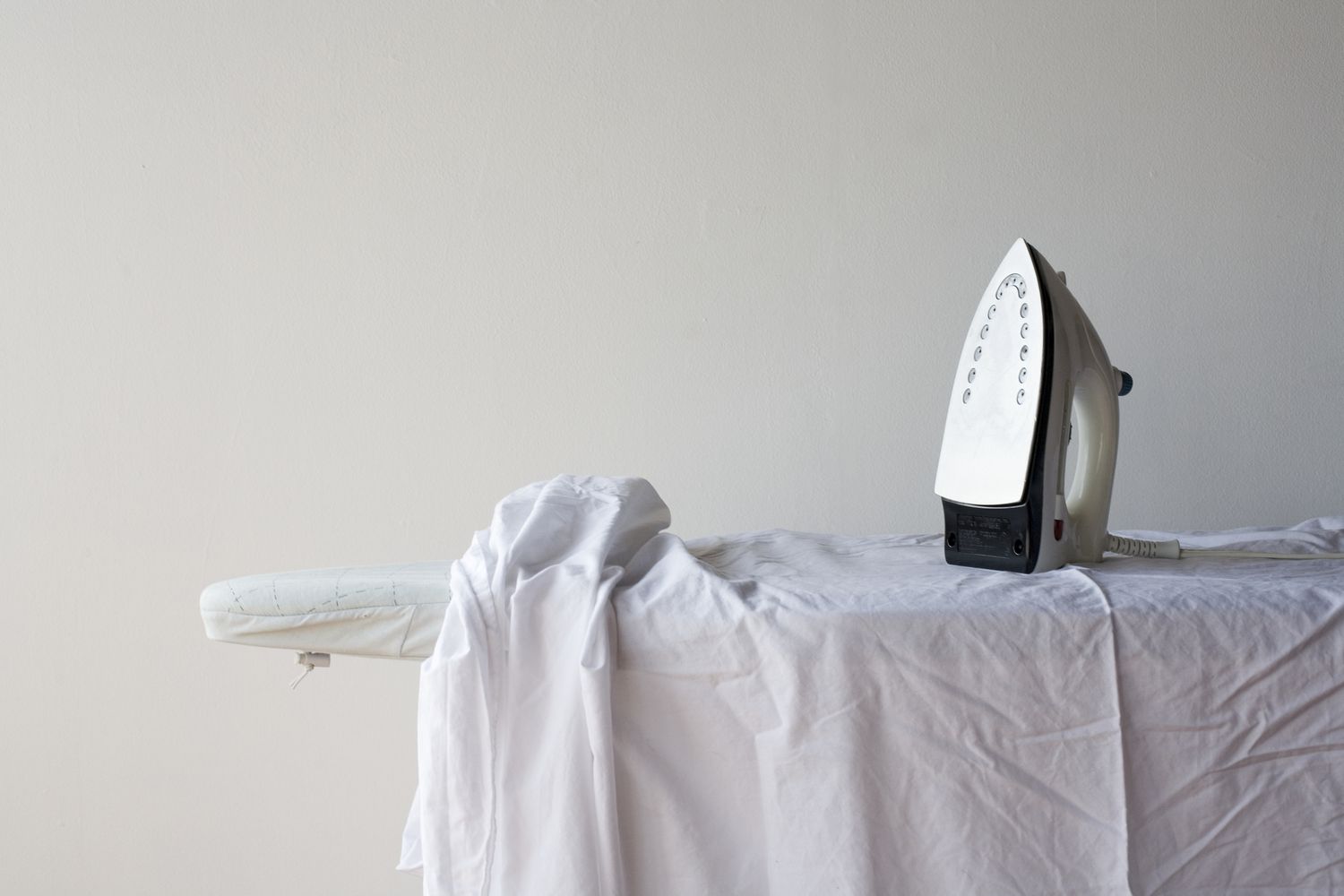
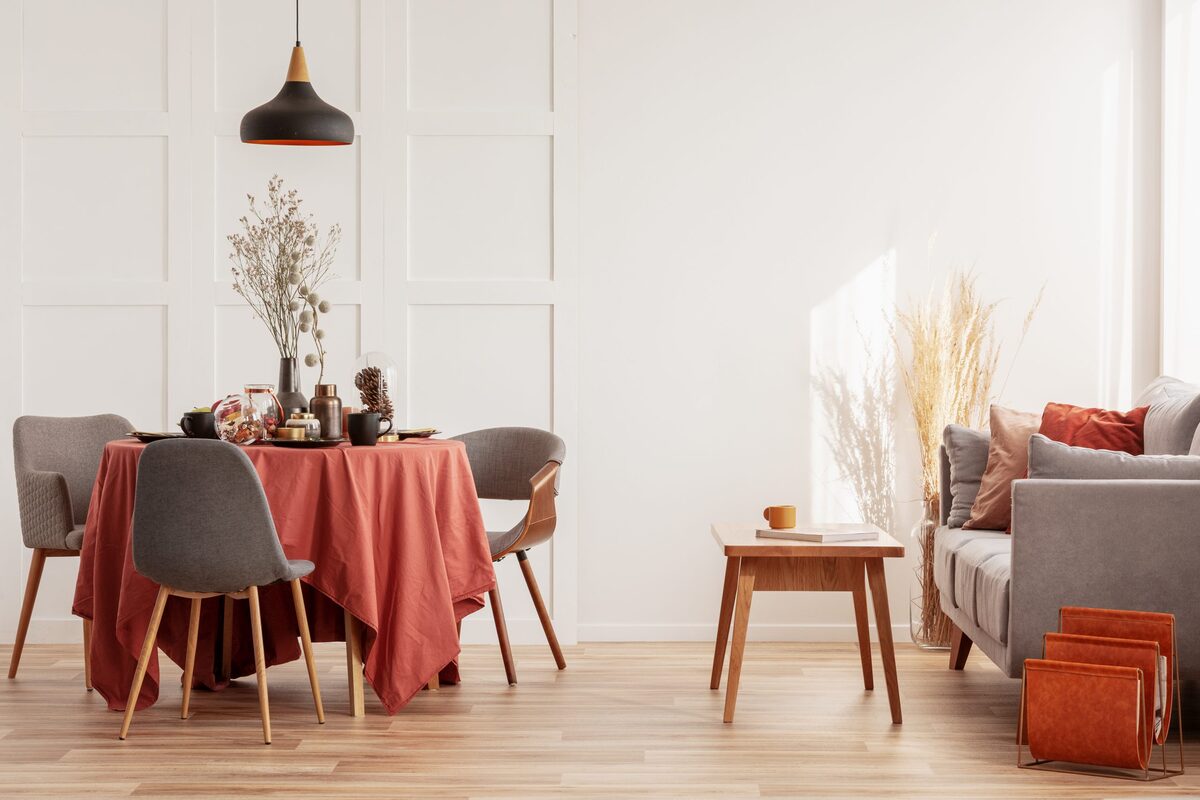
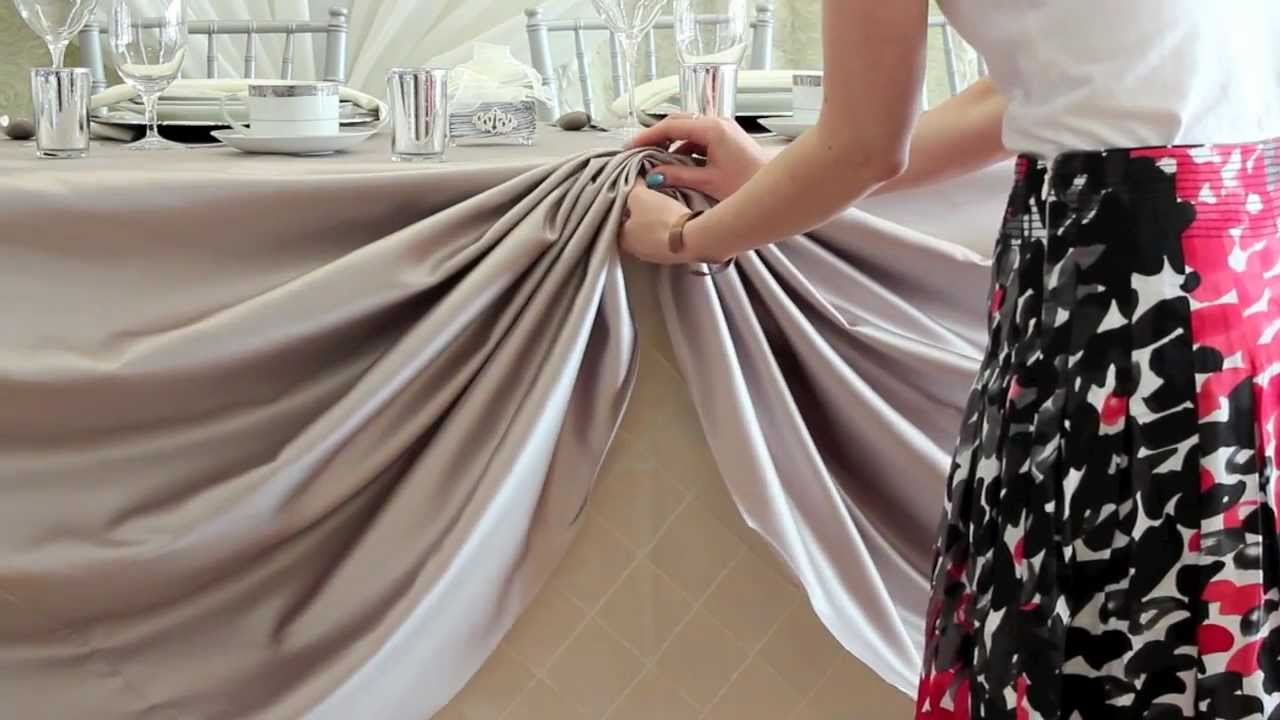
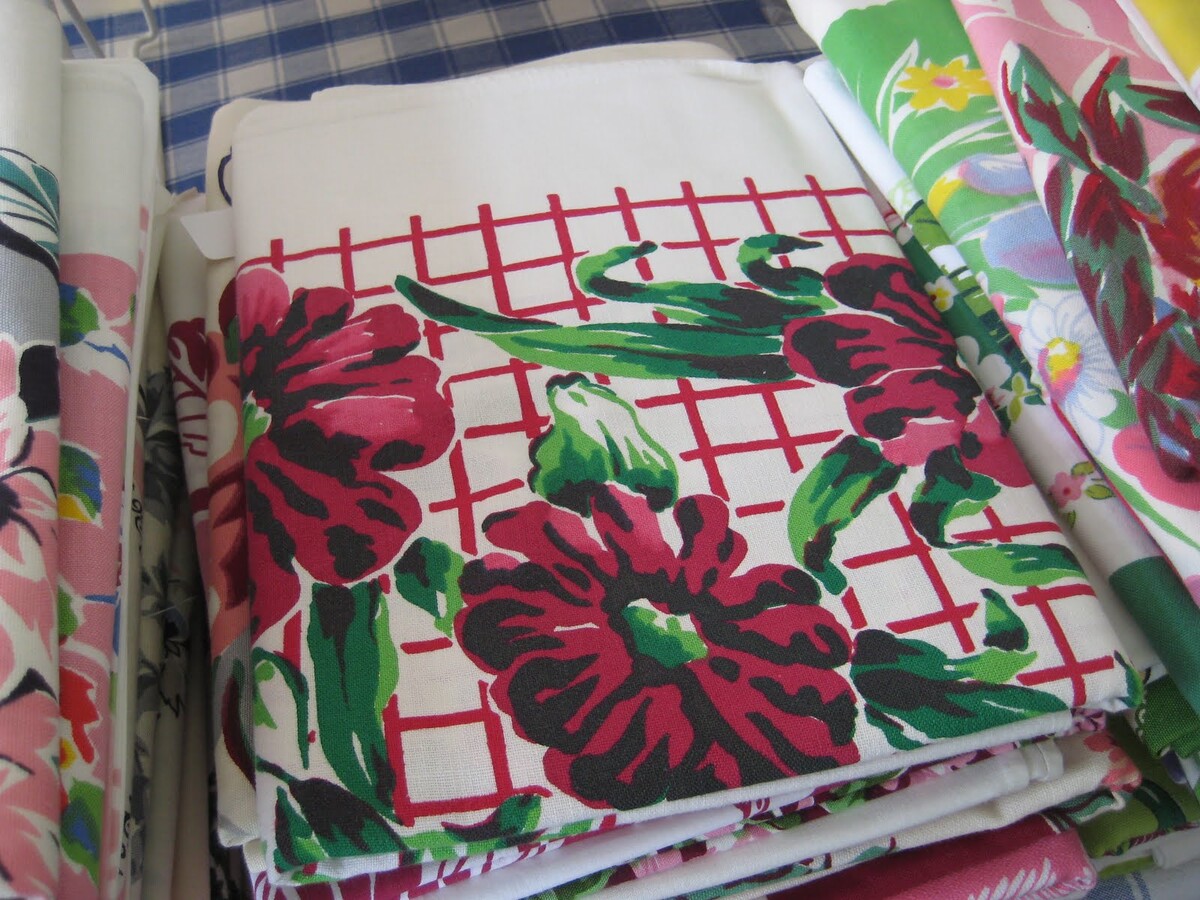
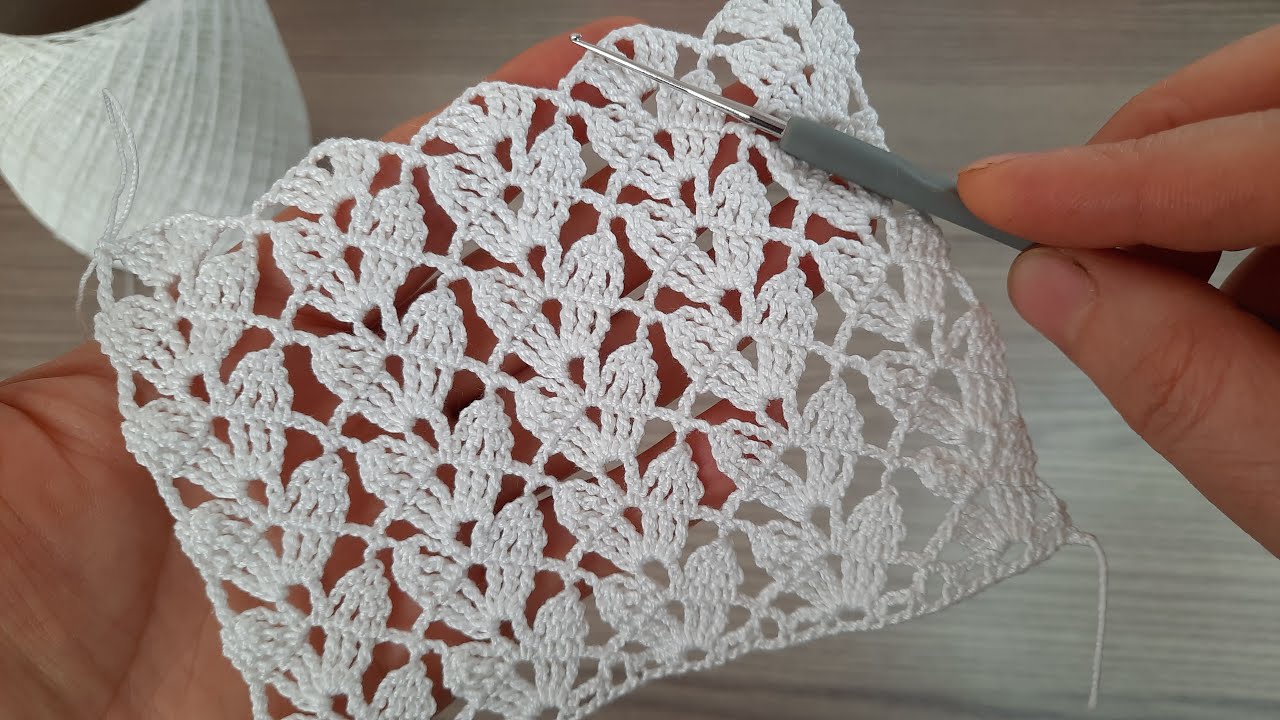
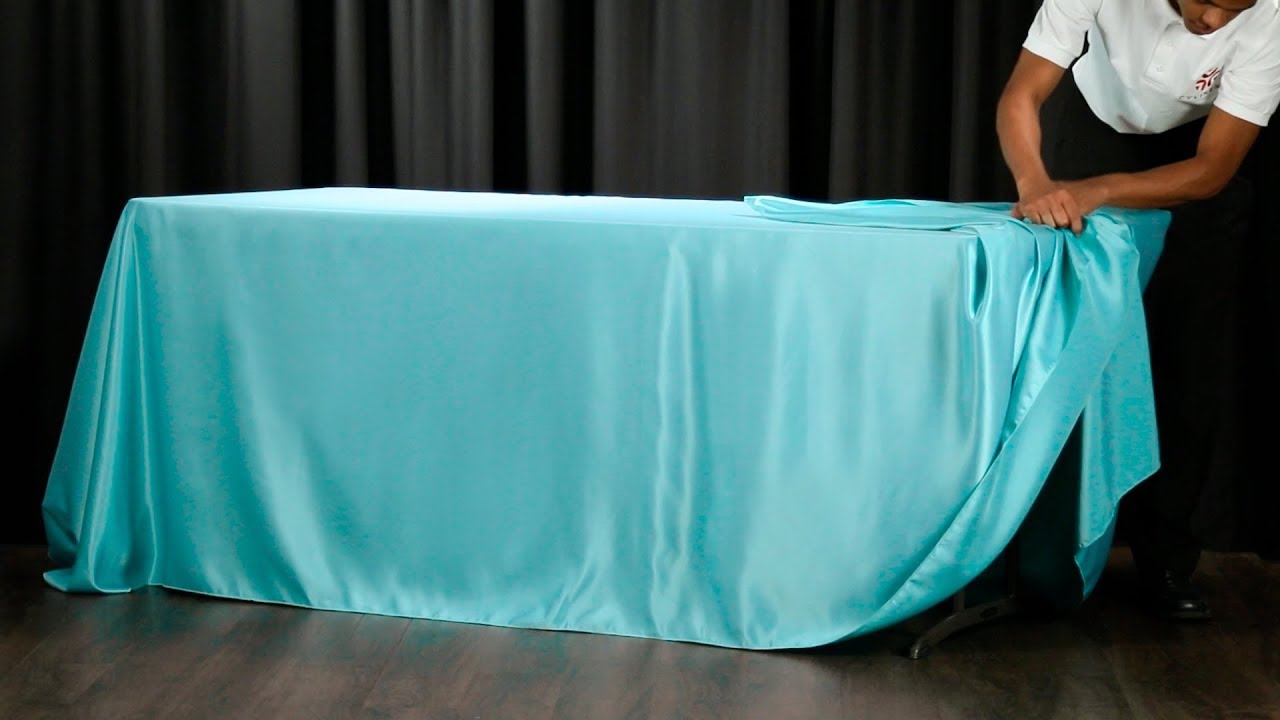
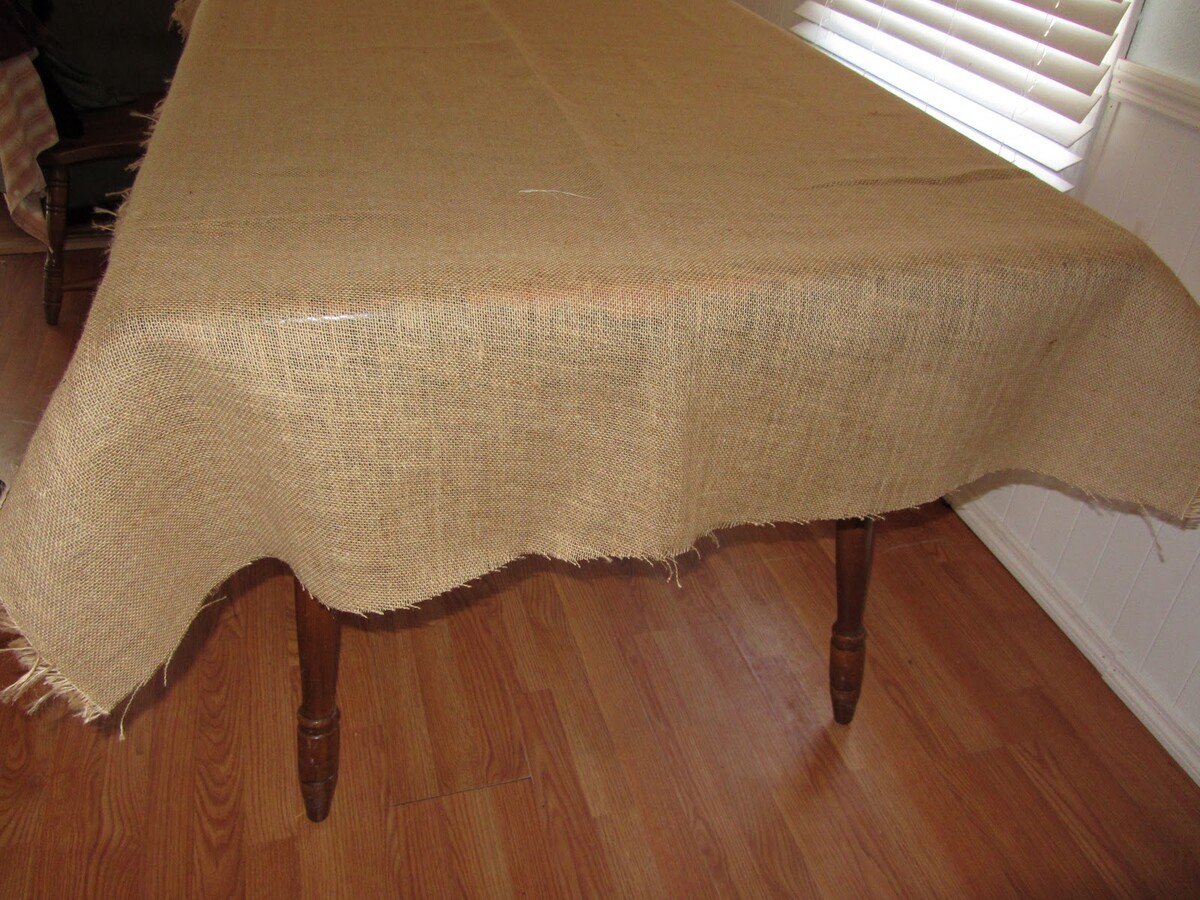
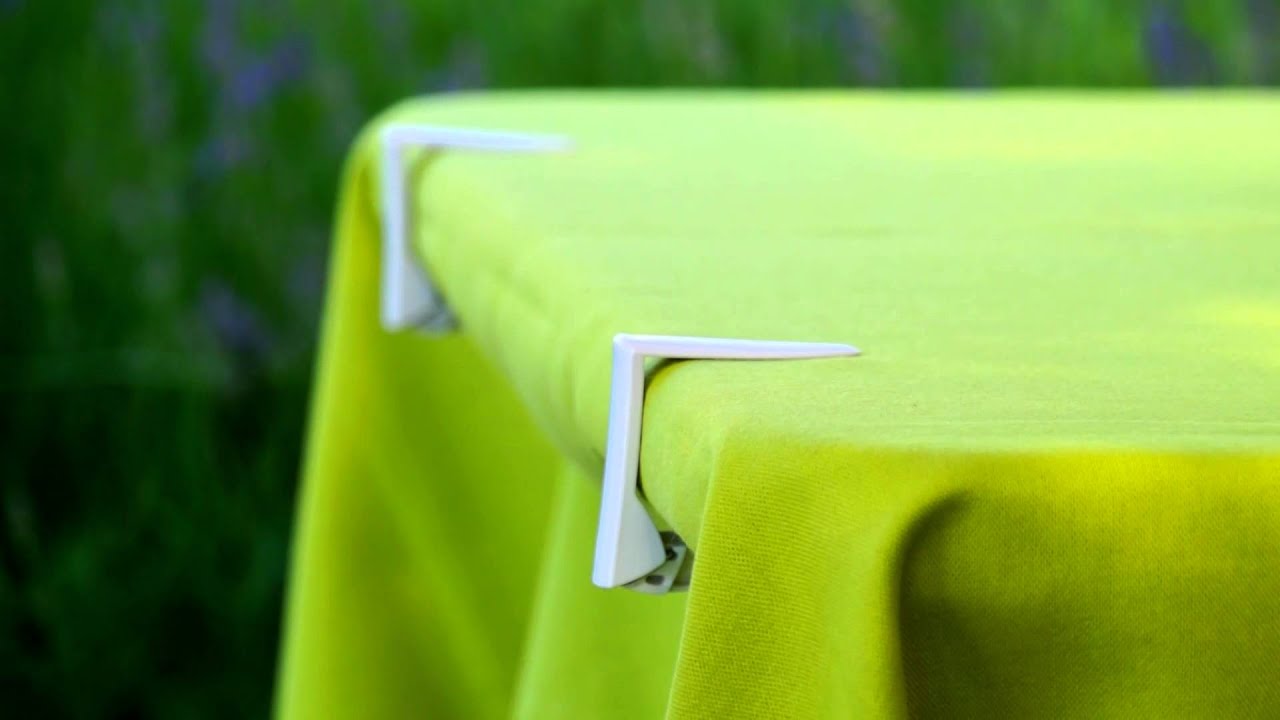
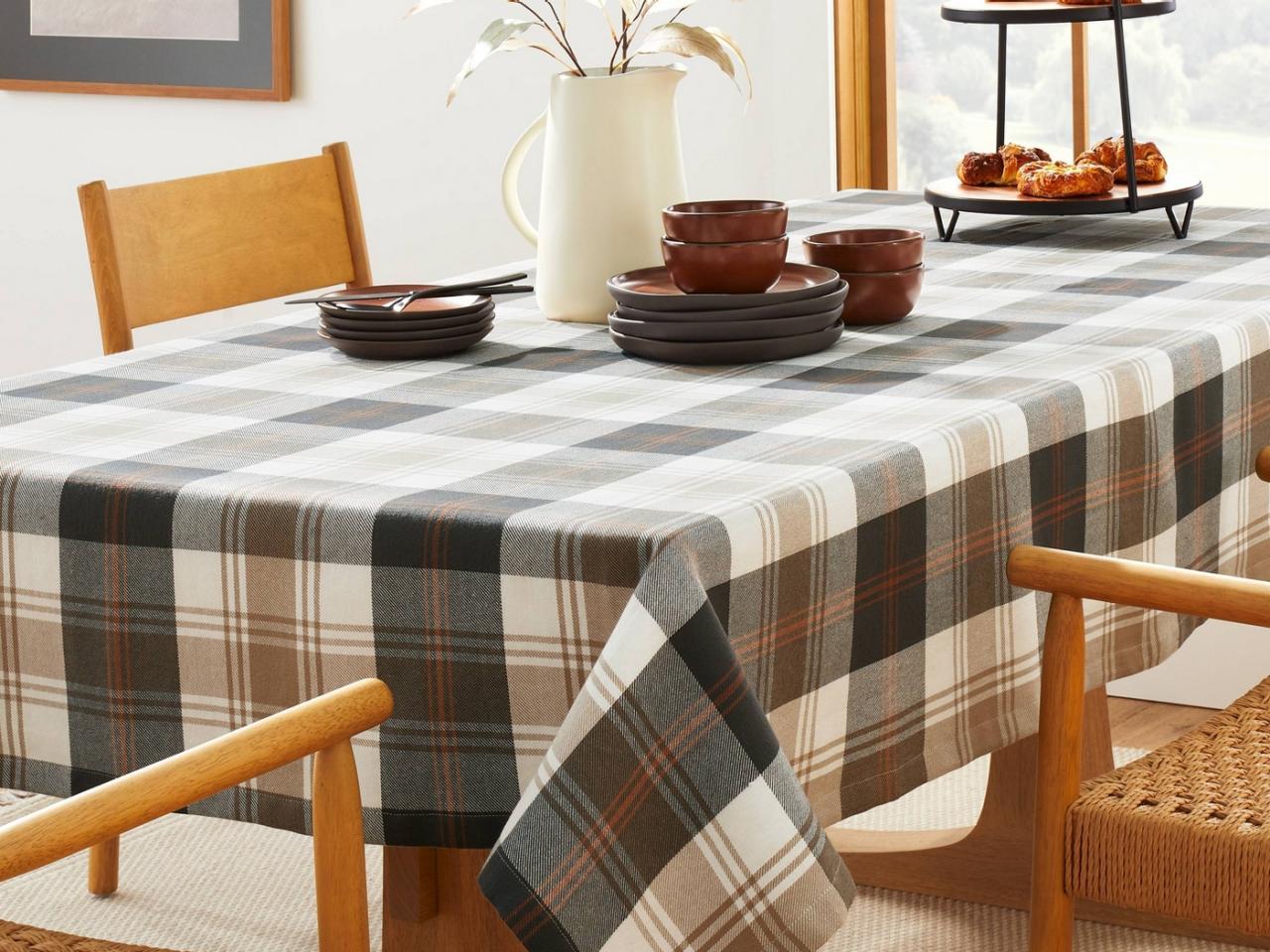
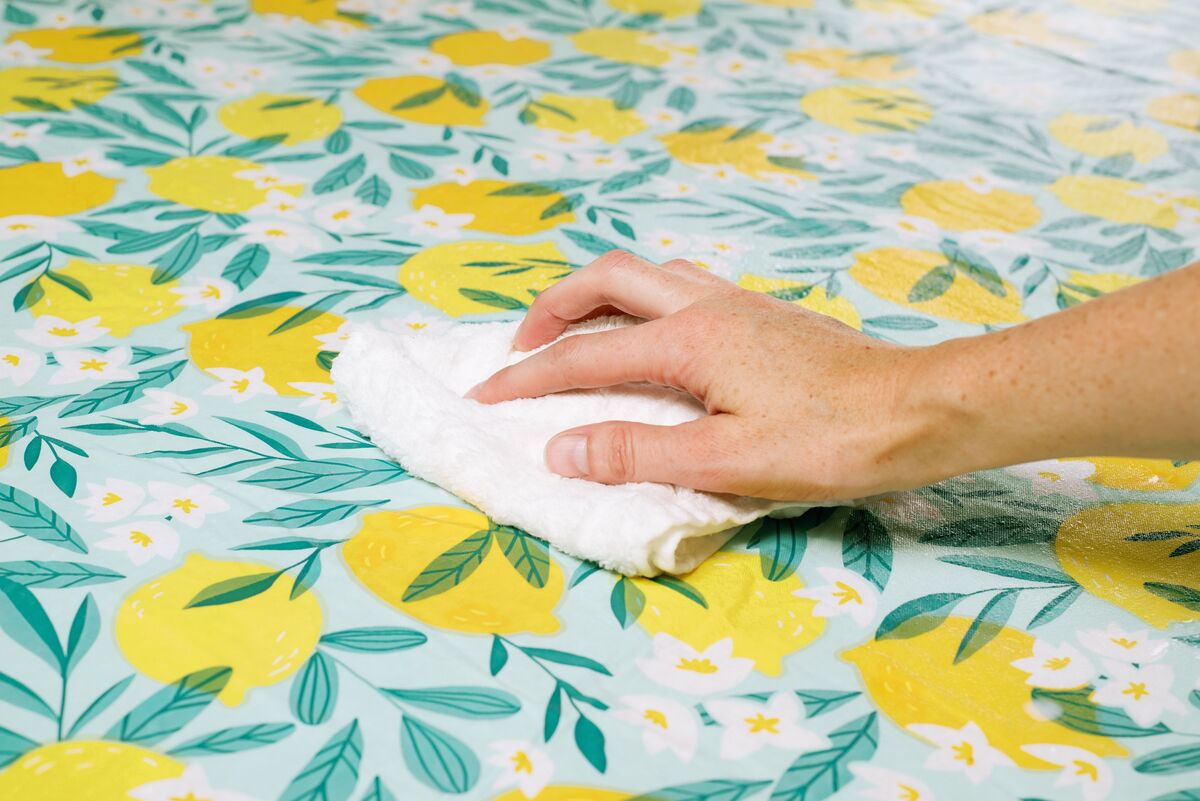
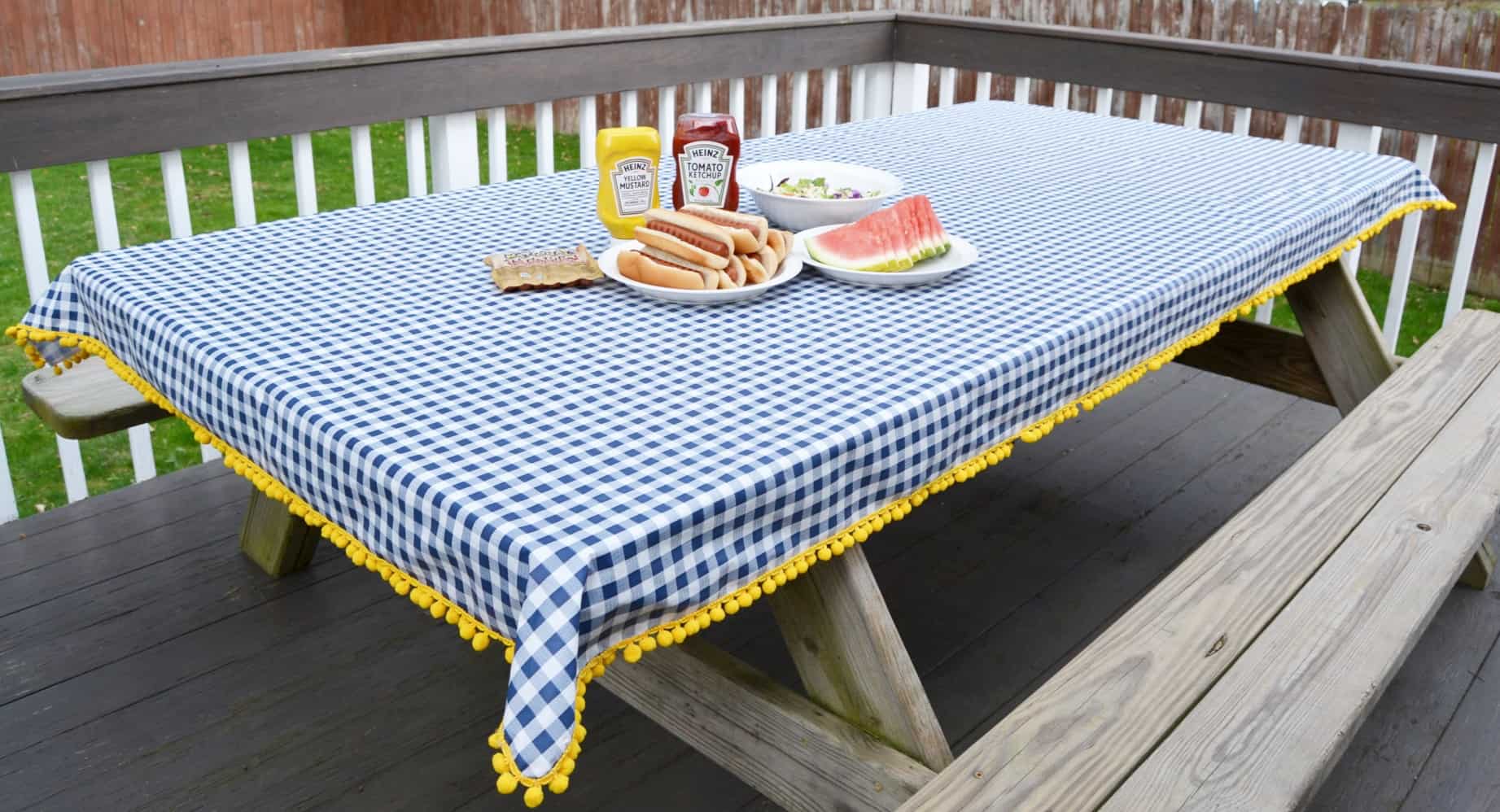
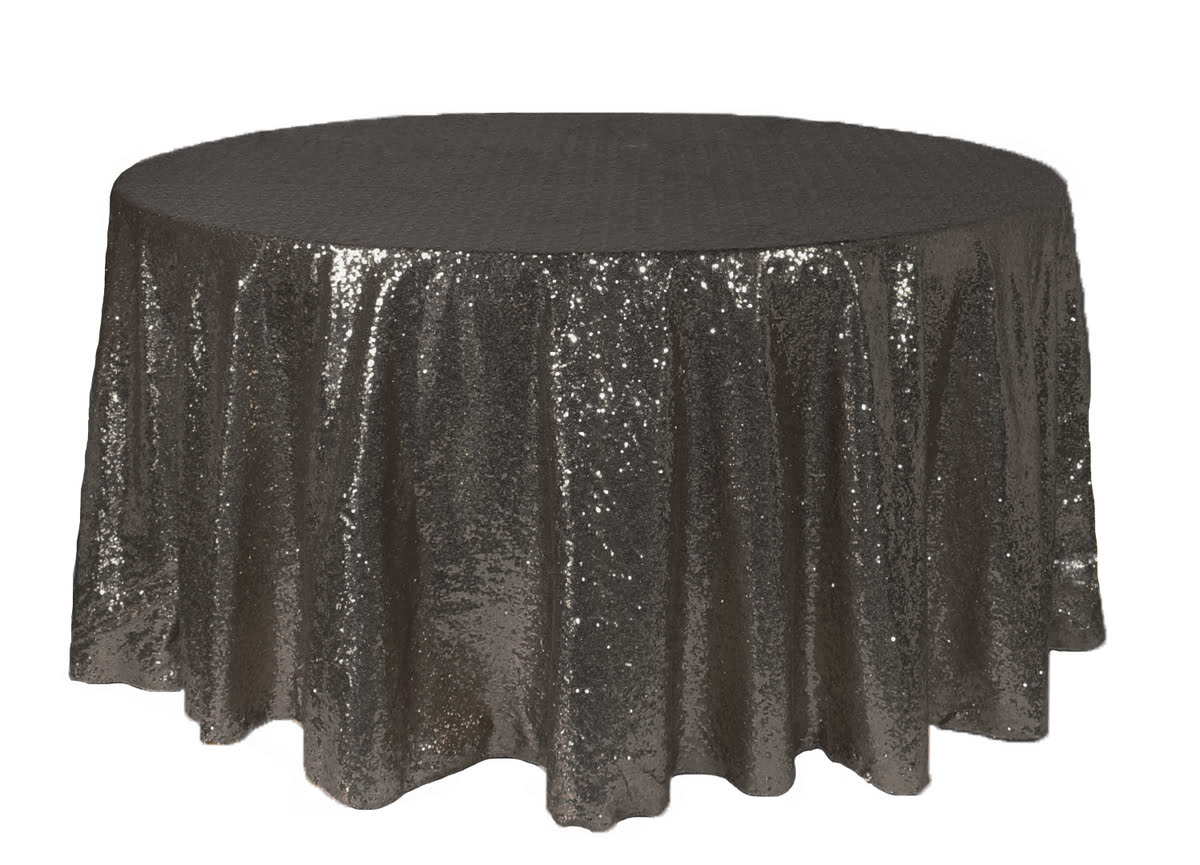

0 thoughts on “How To Store Tablecloths”